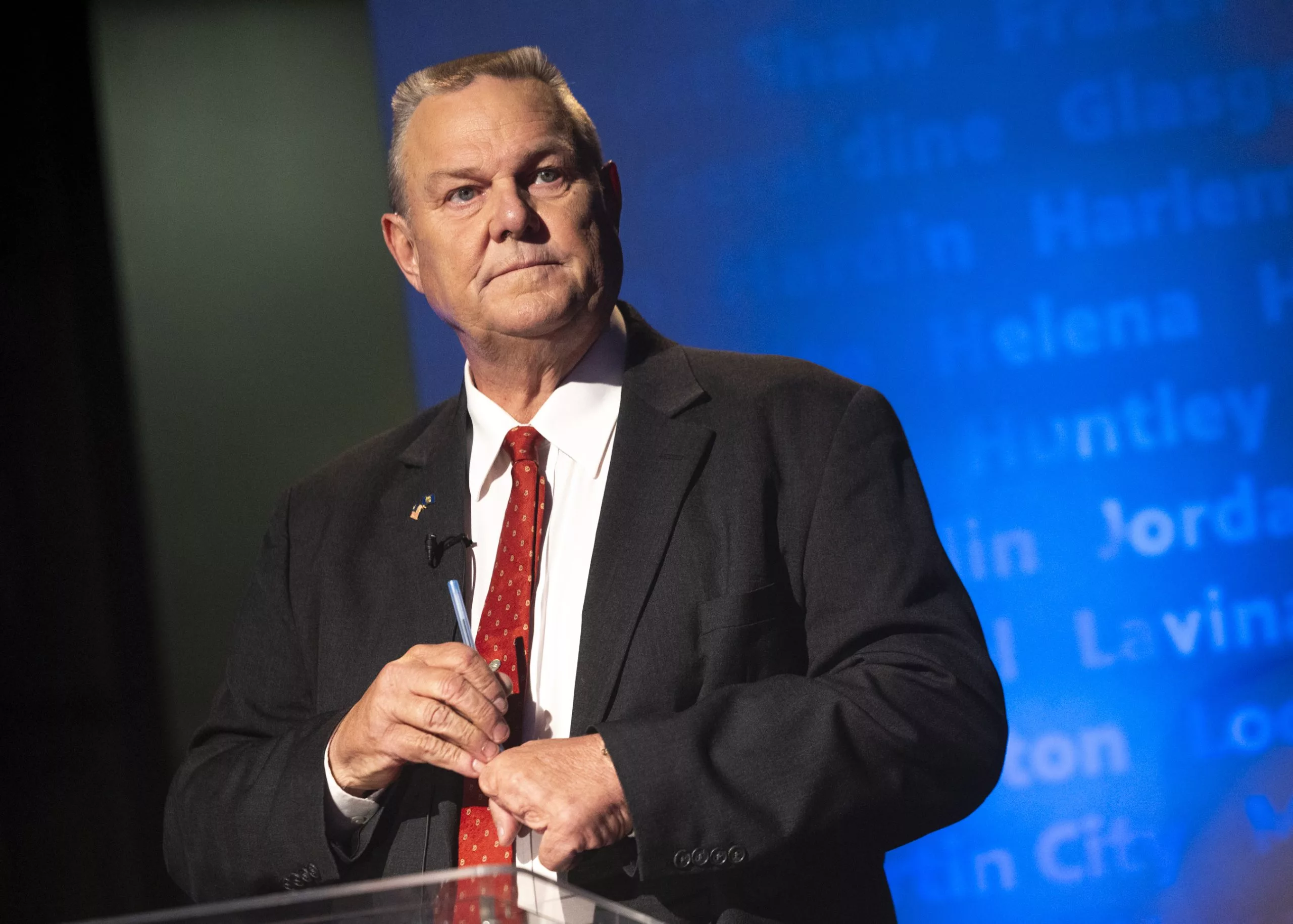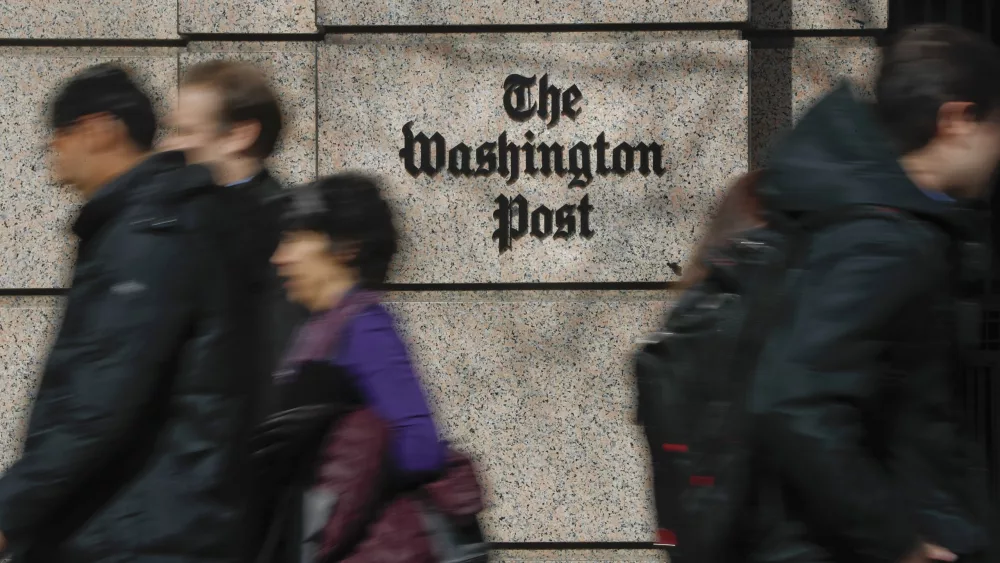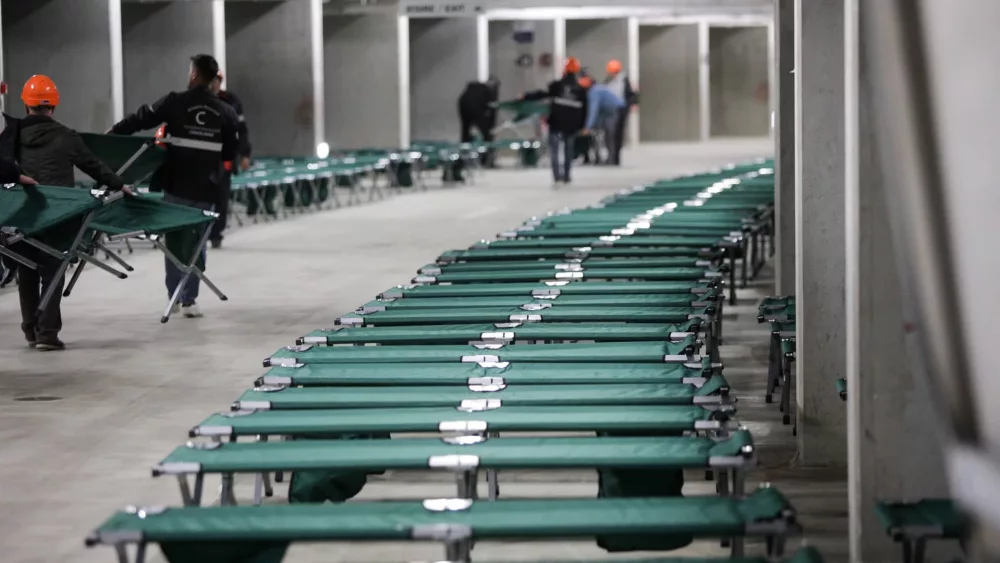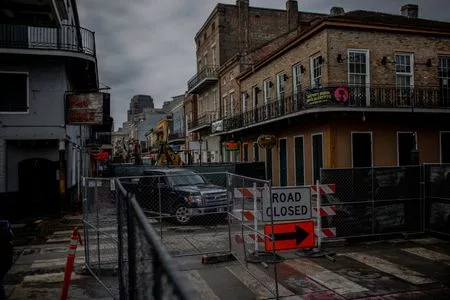WASHINGTON (AP) — When Montana voters cast ballots in the Nov. 5 general election, they’ll decide what may just be the nation’s marquee U.S. Senate race, and with it, perhaps which party will control the closely divided chamber in the next Congress. They’ll also vote on a high-profile ballot question on abortion, as well as less competitive races for president and governor.
Democrats control the U.S. Senate with a 51-49 majority. With Republicans all but certain to pick up retiring once-Democratic Sen. Joe Manchin’s seat in West Virginia, a GOP win in Montana would make it difficult for Democrats to keep their majority regardless of who wins the presidency.
Democratic incumbent Jon Tester faces a tough reelection bid for a fourth term against Republican Tim Sheehy. As one of only two Senate Democrats running for reelection in a state Trump won easily in 2020, Tester is a perennial target for Republicans. In his past three races, he won with between 49% and 50% of the vote.
Tester has spent $71 million on the race as of the start of October, compared to about $11 million for Sheehy, a former Navy SEAL who has loaned his campaign $2.5 million. Outside groups have poured additional millions into the race.
Montana is also one of 10 states that will put a ballot question on abortion before voters in November. Officially known as “Constitutional Initiative No. 128,” the measure would enshrine a right to abortion before fetal viability in the state constitution.
At the top of the ballot, the presidential race is far less competitive. The last Democrat to carry Montana in a presidential election was Bill Clinton in 1992, although Barack Obama came close in 2008. Former President Donald Trump won Montana with 57% of the vote in 2016 and 2020, and the Democratic ticket has not set foot in the state this year. Tester skipped the Democratic National Convention in August and has declined to endorse Harris, although Sheehy has tried to link the senator to his party’s presidential nominee.
In the race for governor, Republican incumbent Greg Gianforte faces Democrat Ryan Busse.
Here’s a look at what to expect in the 2024 election in Montana:
Nov. 5.
10 p.m. ET.
4 awarded to statewide winner.
President: Harris (D) vs. Trump (R) vs. Robert F. Kennedy Jr. (We the People) vs. Chase Oliver (Libertarian) vs. Jill Stein (Green).
U.S. Senate: Tester (D) vs. Sheehy (R) and two others.
Governor: Gov. Greg Gianforte (R) vs. Ryan Busse (D) and one other.
Ballot measures: Constitutional Amendment 126 (top four primary), Constitutional Amendment 127 (require majority vote to win election), Constitutional Amendment 128 (right to abortion).
U.S. House, Attorney General, Auditor, Secretary of State, Superintendent of Public Education, state Supreme Court, state Supreme Court clerk, state Senate, state House and Public Service Commission.
Montana technically isn’t one of the states that conducts its elections predominantly by mail, but quite a few Montanans choose to vote that way regardless. In the 2018 midterm elections, about three-quarters of the total votes cast were done so by mail. That shot up to 98% in the 2020 general election at the height of the COVID-19 pandemic.
State law allows elections officials to start processing and verifying mail ballots up to three days before Election Day. Machine counting of mail ballots may begin the day before Election Day.
In the 2020 U.S. Senate race, about 76% of the vote had been tabulated by 2 a.m. ET and 89% by 6 a.m. ET.
In statewide elections, Republicans tend to carry the populous counties of Yellowstone (home of Billings) and Flathead by comfortable margins and 30 or so small, rural counties by huge margins. Democrats, whether they win or lose statewide, usually carry at least six counties ranging from big (Missoula, population 117,922 ) to small (Deer Lodge, population 9,421 ). Biden and Hillary Clinton carried these six counties despite losing statewide by 16 and 20 percentages points respectively. Biden picked up a seventh small county, Blaine.
Two Democrats who won statewide in recent elections, Tester in 2018 and former Gov. Steve Bullock in 2016, both carried 13 counties: the seven Biden counties from 2020, plus Hill, Roosevelt, Lake, Lewis & Clark (home of Helena, the state capital), Cascade (home of Great Falls) and Park.
Of those, the results in vote-rich Lewis & Clark and Cascade may be the most revealing on election night. Both Tester and Bullock carried Lewis & Clark with roughly 60% of the vote. Biden received about 47% of the vote and Clinton about 42%. Cascade is tougher. Tester and Bullock received 51% and 54% there, respectively, compared to the mid-to-high 30%-range for Biden and Clinton. When Bullock lost the U.S. Senate race to Republican Steve Daines in 2020, he hung on to Lewis & Clark but lost Cascade by a double-digit margin. He also lost Hill, Lake and Park counties.
Warning signs for Tester on election night would be losing Lewis & Clark or winning there with closer to 50% of the vote rather than 60%, or if he loses Cascade or dips below roughly 60% in the Democratic stronghold of Missoula.
The Associated Press doesn’t make projections and will declare a winner only when it has determined there is no scenario that would allow the trailing candidates to close the gap. If a race hasn’t been called, the AP will continue to cover any newsworthy developments, like candidate concessions or declarations of victory. In doing so, the AP will make clear it hasn’t declared a winner and explain why.
Recounts are automatic in Montana if the vote is tied. Candidates may request a recount if the vote margin is less than 0.25% of the total vote or less than 0.5% if the candidate pays for it. The AP may declare a winner in a race that is eligible for a recount if it can determine the lead is too large for a recount or legal challenge to change the outcome.
2020: Trump (R) 57%, Biden (D) 41%, AP race call: Wednesday, Nov. 4, 2020, 12:20 a.m. ET.
Registered voters: 782,176 (as of Oct. 16, 2024).
Voter turnout in 2020 presidential election: 80% of registered voters.
Votes cast before Election Day 2020: about 98% of the total vote.
Votes cast before Election Day 2022: about 81% of the total vote.
Votes cast before Election Day 2024: See AP Advance Vote tracker.
First votes reported, Nov. 3, 2020: 10:06 p.m. ET.
By midnight ET: about 50% of total votes cast were reported.
___
Associated Press writers Hannah Fingerhut, Andy Wormser and Maya Sweedler contributed to this report.
___
Read more about how U.S. elections work at Explaining Election 2024, a series from The Associated Press aimed at helping make sense of the American democracy. The AP receives support from several private foundations to enhance its explanatory coverage of elections and democracy. See more about AP’s democracy initiative here. The AP is solely responsible for all content.
Brought to you by www.srnnews.com







